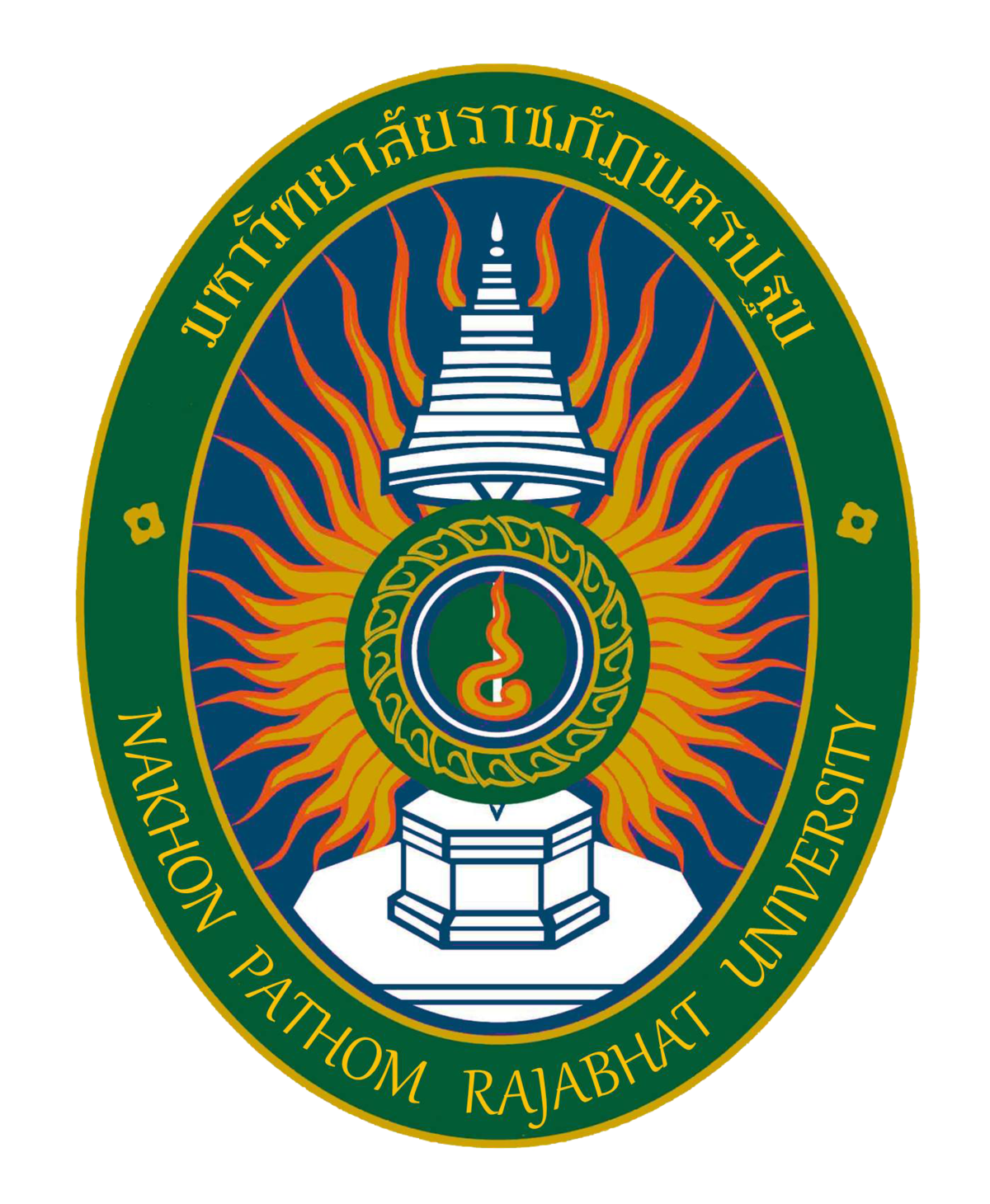
รายชื่อบทความงานประชุมวิชาการระดับชาติ ครั้งที่ 15
(มหาวิทยาลัยราชภัฏนครปฐม)
ระหว่างวันที่ 13 – 14 กรกฎาคม 2566
ณ โรงแรม ไมด้า แกรนด์ ทวารวดี นครปฐม จังหวัดนครปฐมสาขา วิทยาศาสตร์ชีวภาพ เกษตร และอาหาร
| ชื่อบทความภาษาไทย |
ประสิทธิภาพของสารสกัดจากเปลือกกล้วยหอมในการยับยั้งแบคทีเรียก่อโรคบางชนิด |
| ชื่อบทความภาษาอังกฤษ (Title) |
Efficacy of Musa (AAA group) Peel Extracts for The Inhibition of Some Pathogenic Bacteria |
| ชื่อผู้เขียนภาษาไทย
(Authors TH) |
นางสาวกิ่งกาญจน์ ผินแห, อ.ดร.พัชรนันท์ อมรรัตนพันธ์  , , |
| ชื่อผู้เขียนภาษาอังกฤษ (Authors EN)
|
Kingkarn Phinhae ,
Patcharanan Amornrattanapan  , , |
| บทคัดย่อภาษาไทย |
การศึกษาฤทธิ์ยับยั้งจุลินทรีย์ของสารที่สกัดจากเปลือกกล้วยหอมในงานวิจัยนี้จะเป็นประโยชน์ต่อการนำไปประยุกต์ใช้ต่อยอดให้เกิดเป็นผลิตภัณฑ์ใหม่ที่มาจากเปลือกกล้วยที่จัดเป็นวัสดุเหลือทิ้งทางการเกษตรสำหรับใช้ในการยับยั้งเชื้อจุลินทรีย์ได้ในอนาคต โดยงานวิจัยนี้มีจุดประสงค์เพื่อศึกษาผลของสารสกัดจากเปลือกกล้วยหอมที่ผ่านการสกัดด้วยตัวทำละลายที่แตกต่างกัน 2 ชนิด ได้แก่ เอทานอลที่มีความเข้มข้นร้อยละ 95 และเมทานอลที่มีความเข้มข้นร้อยละ 100 ต่อความสามารถในการยับยั้งแบคทีเรีย 3 ชนิด คือ Escherichia coli ATCC 25922, Salmonella Typhimurium ATCC 13311 และ Staphylococcus aureus ATCC 25923 จากผลการทดสอบด้วยวิธี Disc diffusion พบว่าสารสกัดจากเปลือกกล้วยหอมที่สกัดด้วยเอทานอล มีความสามารถในการยับยั้งเชื้อ Staphylococcus aureus ATCC 25923 โดยมีขนาดเส้นผ่านศูนย์กลางของบริเวณยับยั้งเท่ากับ 13.50 ± 1.29 มิลลิเมตร ในขณะที่สารสกัดจากเปลือกกล้วยหอมที่สกัดด้วยเมทานอลไม่มีฤทธิ์ยับยั้งการเจริญของแบคทีเรียทั้ง 3 ชนิด จากผลการทดลองดังกล่าวจึงได้นำสารสกัดจากเปลือกกล้วยหอมที่สกัดด้วยเอทานอลไปศึกษาหาค่าความเข้มข้นต่ำสุด (MIC) ของสารสกัดที่สามารถยับยั้งการเจริญของ Staphylococcus aureus ATCC 25923 ด้วยวิธี Macro broth dilution technique และหาความเข้มข้นต่ำสุดในการฆ่าเชื้อ (MBC) แบคทีเรียดังกล่าว พบว่ามีค่า MIC และ MBC เท่ากับ 10 และ 20 มิลลิกรัมต่อมิลลิลิตร ตามลำดับ
|
|
| คำสำคัญภาษาไทย |
เปลือกกล้วย,สารสกัด,การยับยั้งแบคทีเรีย |
| Abstract |
Antimicrobial activities of banana peel extract observed in this research could contribute to the future production of new value-added antimicrobial products from banana peels which are considered as agricultural wastes. Hence, the purpose of this research was to study the antibacterial effects of the extracts from Musa (AAA group) peel. Banana peel extraction was performed using two different solvents, 95% ethanol and 100% methanol, and investigated their abilities to inhibit three strains of the following bacteria: Escherichia coli ATCC 25922, Salmonella Typhimurium ATCC 13311 and Staphylococcus aureus ATCC 25923. Our results showed that ethanolic extract of Musa (AAA group) banana peel had the ability to inhibit Staphylococcus aureus ATCC 25923 with the inhibition zone diameter of 13.50 ± 1.29 mm while methanolic extract of Musa (AAA group) peel did not show antibacterial effects against all of the three strains of bacteria. Determination of the minimum inhibitory concentration (MIC) of the extract that could inhibit the growth of Staphylococcus aureus ATCC 25923 by macro broth dilution techniques followed by the investigation of minimum bactericidal concentration (MBC) on the MHA medium showed the values of MIC and MBC at 10 and 20 mg/ml, respectively.
|
| Keyword |
Banana peel,Extracts,Bacterial inhibition |
| กลุ่มของบทความ |
วิทยาศาสตร์ชีวภาพ เกษตร และอาหาร |
| รูปแบบการนำเสนอ |
Poster |
| รูปแบบของบทความ |
บทความวิจัย |
| Publication date |
13 - 14 กรกฎาคม 2566 ณ โรงแรม ไมด้า แกรนด์ ทวารวดี นครปฐม |
|
|
